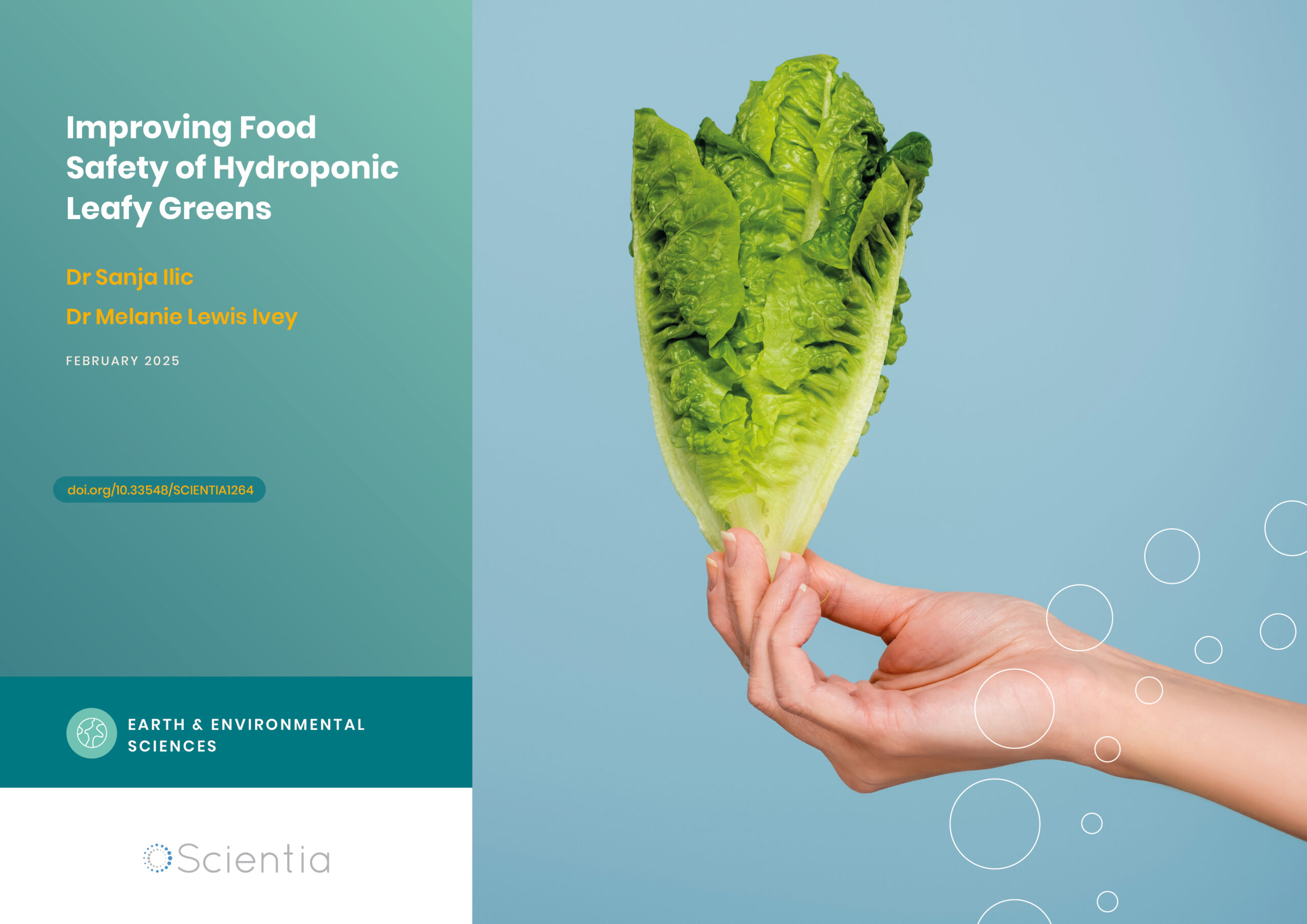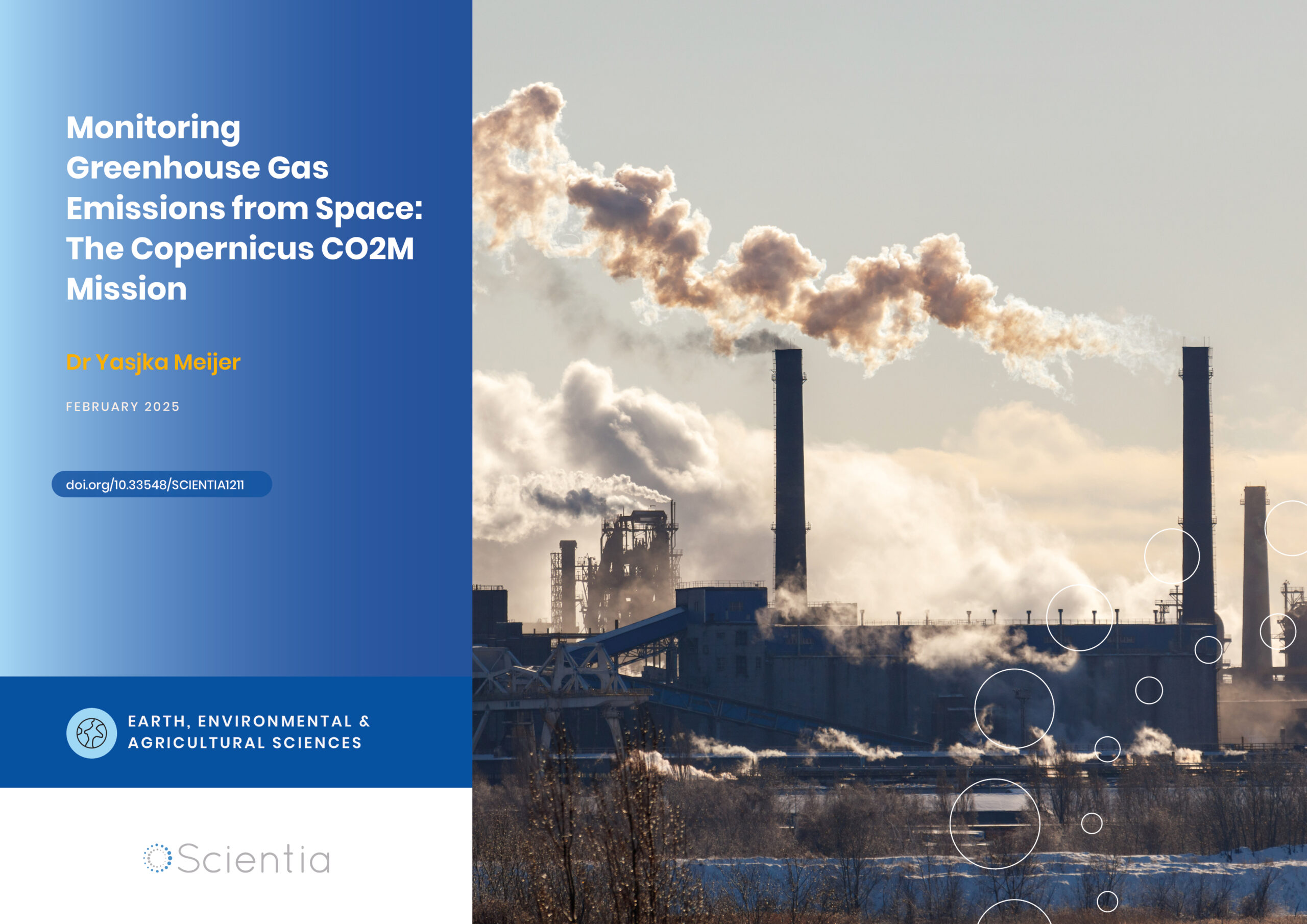The Wasting and Stunting Technical Interest Group: Generating Evidence to Challenge the Divide in Nutrition
Despite improvements in children’s nutrition over the past few decades, undernutrition remains a huge threat to the health and life of infants and young children worldwide. Health and nutrition actors have usually approached the problems of children being wasted, (thinner than they should be) and children who are stunted (shorter than they should be) as different outcomes of undernutrition with different causes and different interventions. Facilitated by the Emergency Nutrition Network (ENN), since 2014 the Wasting and Stunting Technical Interest Group (WaSt TIG) has challenged this view, and has begun to work to provide evidence for a unified approach to tackling these two outcomes of undernutrition.
Undernutrition: A Global Problem
Undernutrition occurs when a child consumes insufficient energy and nutrients to meet its needs for growth and to maintain good health. Insufficient intake may be due to a lack of food, a lack of appetite as a result of infection, increased nutritional needs due to infection or a combination of these factors. Undernourished children are found most often in places where hunger and disease are common. According to recent estimates by the United Nations Children’s Fund (UNICEF), the World Health Organization (WHO) and the World Bank, 47 million children under 5 years of age are wasted and 144 million children are stunted. Undernutrition can have life-threatening consequences. According to the WHO, an estimated 45% of the deaths of children below five years old are associated with undernutrition.
The World Health Assembly Global Nutrition Target and the United Nations’ Sustainable Development Goal (SDG) 2.2 is to reach internationally agreed goals on the number of stunted or wasted children under 5 years of age by 2025, and to end all forms of malnutrition by 2030. Efforts to meet these goals require a clear understanding of undernutrition, including the relationship between wasting and stunting.

Credit: United Nations Children’s Emergency Fund.
Photographer: Mehedi Rahman.
Examining Wasting and Stunting More Closely
Wasting and stunting are often viewed as different conditions. This has led to different policies, programmes, research and financing mechanisms to tackle them separately. During emergencies, the focus of programmes has tended to be short-term, to treat wasted children and prevent deaths, while in longer-term development programmes the focus has been on preventing stunting and micronutrient deficits caused by long-term undernutrition. This is despite the fact that there are stunted children in countries experiencing a humanitarian crisis and there are wasted children in non-emergency contexts and in countries in which long-term development is the priority.
This separation is despite the fact that as far back as 1973, the physiologist and child malnutrition expert John Waterlow reported on the links between the two, writing that ‘in practice, in a great many undernourished children, both processes will be at work’. Children can become wasted in weeks or even days because body weight can be lost quickly, while it often takes months for children to become stunted because a failure to grow in height is a slower process and in contrast to weight, height cannot be lost. Being wasted or stunted are the effects of undernutrition on children’s physical growth and provide measurable evidence that children’s growth/height and/or weight gain has faltered in comparison with well-nourished children. Children’s growth is impaired by these two types of undernutrition, which usually have the same causes – disease and poor diet.
To challenge this separation, in 2014 ENN established a WaSt TIG made up of volunteer expert researchers, and health and nutrition programmers and donors. The WaSt TIG began by examining the existing evidence on the relationship between these two outcomes of undernutrition, identifying and prioritising gaps in evidence, and then set about to fill some of those knowledge gaps.
‘The narrative around wasting and stunting … has generated a lot of discussion and reflection on how we are addressing wasting currently.’ (UN representative)

Credit: United Nations Children’s Emergency Fund. Photographer: Jacob Maentz
Providing Evidence for the Connection Between Wasting and Stunting
One of the main achievements of the WaSt TIG has been the contribution made to strengthening the understanding of the relationship between wasting and stunting.
The work of the WaSt TIG has highlighted the growing evidence that a wasted child is at higher risk of becoming stunted while a stunted child is at higher risk of becoming wasted than a normal child. During the process of becoming wasted, a child’s growth in height slows until their weight has recovered, which identifies the role that preventing or treating wasting may play in preventing stunting.
Evidence collected by the WaSt TIG and other researchers indicates that 20–30% of children are born either stunted or wasted, a condition that already starts to develop in the mother’s uterus. Common risk factors for becoming stunted or wasted during infancy and early childhood have been identified but timing, intensity and combination of risk factors may lead to different outcomes in terms of weight and height. Some severely affected children will become both wasted and stunted.
Concurrent Wasting and Stunting: Who is Affected and What Are the Implications?
The WaSt TIG undertook an analysis to understand the prevalence, burden and outcomes for children wasted and stunted at the same time as this had never been reported previously. The analysis of data on children aged 6–59 months from 84 countries estimated that six million were concurrently wasted and stunted. Such children were found to be about 12 times more likely to die than non-wasted or stunted children, and were as likely to die as severely wasted children. Furthermore, the WaSt TIG found that once recovered from being wasted, these children appeared to be at greater risk for having subsequent periods of being classified as wasted.
Another important finding was that boys are significantly more likely than girls to be concurrently wasted and stunted, which is consistent with the higher prevalence of these conditions in boys when each outcome of undernutrition is examined separately. This greater vulnerability of boys to undernutrition, although previously acknowledged, has not been stated in nutrition policies and the implications typically have not been addressed by programmes.
Given this high risk of death for children who are concurrently wasted and stunted, the WaSt TIG has begun to identify ways of identifying and treating these children within current treatment programmes. It was found that two commonly used ways of measuring child growth – measuring either weight-for-age or mid upper-arm circumference – can identify these high-risk children. An urgent focus is now needed to define what type of care and treatment these children need to reduce their risk of death or of becoming even more undernourished.

Credit: World Food Programme. Photographer: Mohamed Awadh
Preventing Wasting and Stunting
Given the evidence that wasting and stunting share common risk factors, and that experiencing one of these forms of malnutrition leaves a child more likely to experience the other, the WaSt TIG has argued that having different and separate approaches to prevent children from becoming wasted and stunted is not rational. Instead, coherent and comprehensive measures to tackle the underlying causes of undernutrition are needed, including approaches that support mothers as well as children. Evidence suggests that the focus needs to shift from supporting children who are already wasted or stunted to children at risk of experiencing wasting and stunting, thereby interrupting as early in life as possible the processes that lead to a child becoming wasted or stunted. To do so, mechanisms to best identify and measure risk of undernutrition are needed in order to successfully prevent children from becoming wasted and/or stunted.
The Wasting and Stunting (WaSt) TIG
The WaSt TIG reviews its progress by coming together every two years to discuss emerging themes, priorities and the policy and programme implications of the research undertaken. A variety of outputs, including peer-reviewed academic papers, technical briefs, reports and blog posts have been published by members of the WaSt TIG, culminating in a Viewpoint article in the journal ‘Lancet Child and Adolescent Health’ in 2019.
A recent evaluation of WaSt TIG using a ‘Story of Change’ method found that successes have been driven by the way in which the WaSt TIG operates: it is made up of a mix of expert individual members who represent themselves rather than their institution’s agenda and who function in an engaged, iterative, exploratory and task-orientated manner. The varied experience of the group’s members, with expertise related to both wasting and stunting, the flexibility to allow individuals to set their own degree of engagement based on other commitments, and its open and collaborative structure, were also identified as key features of success.

Credit: World Food Programme
Calling for Action
Since its inception in 2014, the WaSt TIG has identified evidence of a relationship between the processes of wasting and stunting, and the consequences of this for infants and children. The group has increased awareness among donors and development agencies of the limitations that dealing with wasting and stunting as separate problems places on their work, leading to critical shifts in thinking. As one respondent noted in the Story of Change evaluation, ‘Everything we know about (the relationship between) wasting and stunting’ is a product of this group.
A lot has been achieved by the WaSt TIG in a relatively short period and with limited financial resources. It has utilised existing data as much as possible and relied on open collaborations and data sharing. Both the interest and motivation of the people involved are very high and many give their time unpaid. Bringing together researchers with policy developers and nutrition programme staff has enabled discussions about how research can be used to improve our understanding of undernutrition, its consequences for children’s growth, and how to prevent it.
The WaSt TIG has also identified important gaps in knowledge that have the potential to strengthen efforts to tackle undernutrition in childhood. This includes a better understanding of risk factors for undernutrition, how to identify children that are most vulnerable to becoming wasted or stunted (including identifying adolescent and pregnant mothers at risk of giving birth to undernourished children), and how to care for such high-risk children.
The opportunities and solutions to prevent both outcomes of undernutrition are the same: children need to be protected from disease, given a nutritious diet and grow to their potential, which requires integrated policies, programmes and interventions.
The WaSt TIG is calling for faster and more concentrated efforts to improve child health and reduce child mortality across the globe by approaching wasting and stunting together, as two intrinsically linked outcomes of undernutrition, particularly before children become wasted or stunted.
Reference
https://doi.org/10.33548/SCIENTIA704
Meet the researchers
Wasting and Stunting Technical Interest Group
Emergency Nutrition Network
Oxford
UK
The Wasting and Stunting Technical Interest Group (WaSt TIG) is a group of experts in international nutrition that, since 2014, has worked to bring together existing and original research on wasting and stunting in children. The overarching aim of WaSt TIG is to better understand how wasting and stunting are linked, so that resources can be better directed towards improving health outcomes for children and reduce associated child mortality. WaSt TIG is coordinated by the Emergency Nutrition Network (ENN), a UK-based charity founded in 1996 and part of the international community of organisations and individuals seeking to reduce the global burden of undernutrition.
CONTACT
E: office@ennonline.net
https://www.ennonline.net/ourwork/reviews/wastingstunting
Twitter: @ENNonline
MEMBERS
Paluku Bahwere
Jeanette Bailey
Jay Berkley
Zulfiqar A. Bhutta
Robert Black
Erin Boyd
Andre Briend
William Checkley
Bernadette Cichon
Nicki Connell
Hedwig Deconinck
Kathryn Dewey
Carmel Dolan
(former WaSt TIG coordinator)
Carlos Grijalva Eternod
Susan Fuller
Michel Garenne
Saul Guerrero
Andrew Hall
Sheila Isanaka
Marko Kerac
Ken Maleta
Mark Manary
Andrew Mertens
Sophie Moore
Martha Mwangome
Mark Myatt
Kieran O’Brien
Abigail Perry
Kevin Phelan
Silke Pietzsch
Andrew Prendergast
Zita Weise Prinzo
Stephanie Richards
Dominique Roberfroid
Simon Schoenbuchner
Heather Stobaugh
Leisel Talley
Casie Tesfai
Mija-Tesse Ververs
Anne Walsh
Jonathan Wells
Patrick Webb
Caroline Wilkinson
ENN WaSt TIG Coordinators
Tanya Khara
Natalie Sessions
ENN Technical team
Philip James
Natasha Lelijveld
Kate Sadler
FURTHER READING
JC Wells, A Briend, EM Boyd, et al., Beyond wasted and stunted—a major shift to fight child undernutrition, Lancet Child & Adolescent Health, 2019, doi:10.1016/s2352-4642(19)30244-5
T Khara, M Mwangome, M Ngari, C Dolan, Children concurrently wasted and stunted: A meta‐analysis of prevalence data of children 6–59 months from 84 countries, Maternal & Child Nutrition, 2018, 14(2), e12516, doi:10.1111/mcn.12516
S Schoenbuchner, C Dolan, M Mwangome, et al., The relationship between wasting and stunting: A retrospective cohort analysis of longitudinal data in Gambian children from 1976–2016, American Journal of Clinical Nutrition, 2018, 110.
A Briend, T Khara, C Dolan, Wasting and stunting–similarities and differences: policy and programmatic implications, Food and Nutrition Bulletin, 2015, 36(1 Suppl), S15–23.
T Khara, C Dolan, The relationship between wasting and stunting, policy, programming and research implications, Technical Briefing Paper, Oxford, UK: Emergency Nutrition Network, 2014.
We are especially grateful to Andrew Hall (of the WaSt TIG) for his support in developing this article.
Want to republish our articles?
We encourage all formats of sharing and republishing of our articles. Whether you want to host on your website, publication or blog, we welcome this. Find out more
Creative Commons Licence
(CC BY 4.0)
This work is licensed under a Creative Commons Attribution 4.0 International License. 
What does this mean?
Share: You can copy and redistribute the material in any medium or format
Adapt: You can change, and build upon the material for any purpose, even commercially.
Credit: You must give appropriate credit, provide a link to the license, and indicate if changes were made.
More articles you may like
Improving Food Safety of Hydroponic Leafy Greens
Hydroponic farming is experiencing rapid growth worldwide, offering a sustainable and efficient method of producing fresh, nutrient-rich crops. However, the unique conditions of hydroponic systems also present complex food safety challenges. Dr Sanja Ilic and Dr Melanie Lewis Ivey, researchers at The Ohio State University, are at the forefront of efforts to understand and mitigate the risks of human pathogen contamination in commercial hydroponic production. Their pioneering work is providing crucial insights and practical guidance to help ensure the safety and nutritional value of hydroponically grown leafy greens.
Dr Paul Robertson | Artificial Intelligence in the Cockpit: New Systems Could Help Prevent Aviation Accidents
Despite significant advances in aviation safety over recent decades, accidents still occur that could potentially be prevented with better warning systems. Dr Paul Robertson of Dynamic Object Language Labs, Inc. (DOLL) is leading groundbreaking research into how artificial intelligence could help pilots avoid dangerous situations. His team’s work reveals promising developments and important cautions about implementing AI in aircraft cockpits, with implications for the future of aviation safety.
Dr Yasjka Meijer | Monitoring Greenhouse Gas Emissions from Space: The Copernicus CO2M Mission
Atmospheric concentrations of carbon dioxide (CO2) and methane (CH4) have been steadily rising due to human activities, contributing to global climate change. Dr Yasjka Meijer from the European Space Agency is responsible for the objectives and requirements of the Copernicus Anthropogenic Carbon Dioxide Monitoring (CO2M) mission – a constellation of satellites that will enable the monitoring of anthropogenic greenhouse gas emissions from space with unprecedented accuracy and detail. This groundbreaking mission aims to support international efforts to reduce emissions and combat climate change.
Dr Silvia Remeseiro | Mapping the Epigenetic Landscape of Glioblastoma Progression
Glioblastoma, the most aggressive form of brain cancer, continues to challenge medical professionals with its poor survival rates. Recent groundbreaking research by Dr Silvia Remeseiro and her colleagues at Umeå University in Sweden has shed light on the complex epigenetic and chromatin-related mechanisms underlying the communication between neurons and glioma cells. This research opens new avenues for understanding and potentially treating this formidable disease.




